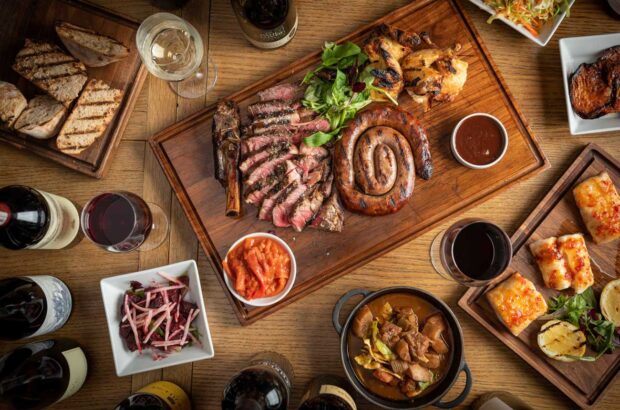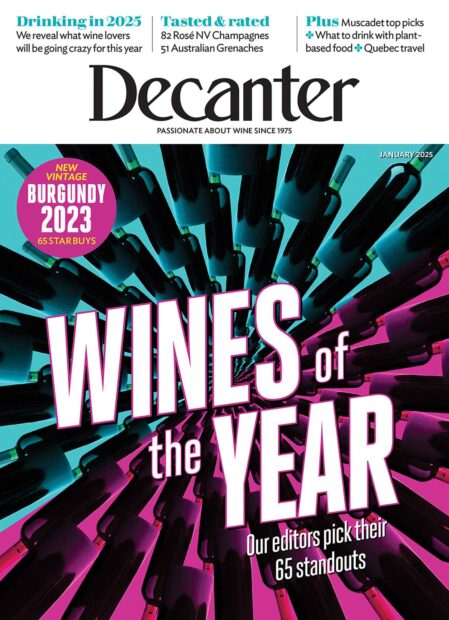And the winner is...
Triplebank Pinot Gris
Part of the Pernod Ricard stable, the Triplebank label is based on Marlborough sub-region, the Awatere valley. Triplebank was formerly a sheep station before Pernod purchased the land, which sits just two paddocks away from the coast.
The coastal influence moderates the climate. It is the first place in Marlborough to experience bud burst but one of the last sites in the region to be harvested. The cooling sea breezes slow ripening and Patrick Materman, chief winemaker Pernod Ricard New Zealand, suggests this hang-time “intensifies aromas”.
The Awatere Valley brings Sauvignon Blanc herbal aromas, green pea, and tomato leaf and Materman claims Pinot Gris from the valley also benefits from these lifted aromas.
The fruit is machine harvested which will have some purists running for the door. However Materman adds: “If you look at machine harvested Sauvignon Blanc you actually end up with more flavour because the aromatics are in the skins. Pinot Gris is a phenolic variety so we do a little bit of juice oxidation with one of the press cuts to drop the pink colour out.”
The fermentation is arrested to achieve an off dry style. A short period of lees stirring adds mid palate texture and there is no oak in sight.
Triplebank’s winemaker Julia O’Connell is a busy lady, also looking after all the fruit from the Awatere Valley for the Brancott Estate label as well as making sparkling wine Deutz Marlborough Cuvee.
Written by Matt Chappell







